How to Make Your Online Classes More Engaging
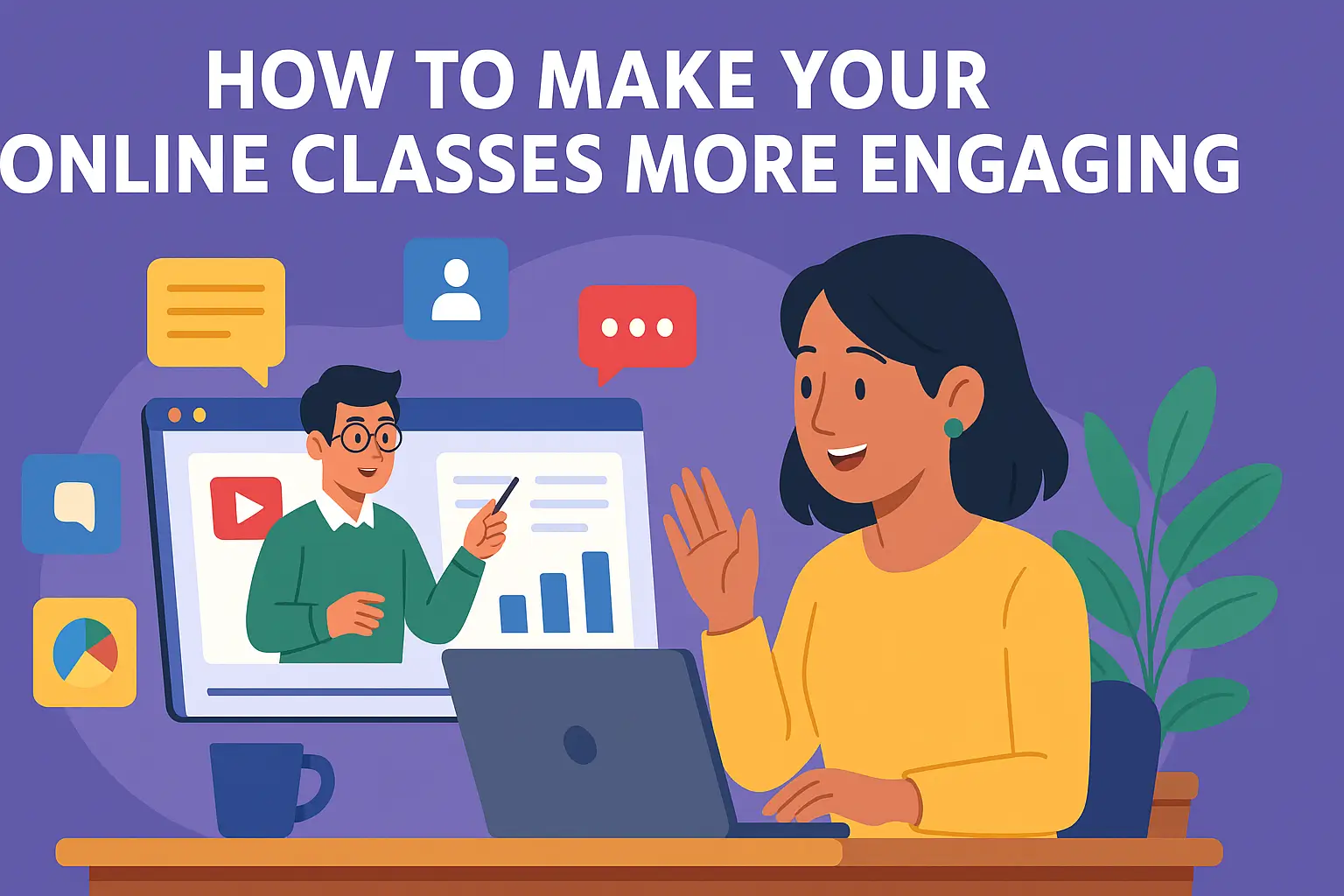
In the technology era, online learning has become the norm. Now, the challenge in these virtual classes is to keep the students attentive. Now, this article helps to understand whether you’re a student or teacher, the main thing is how online classes can be engaging. Let’s dive into practical, creative, and effective strategies that are helpful in virtual classrooms.
Along with practical strategies, it’s also important to explore how technology supports better academic results. Check out this guide on technology to improve student performance for deeper insights.
Understand the Student’s Needs First
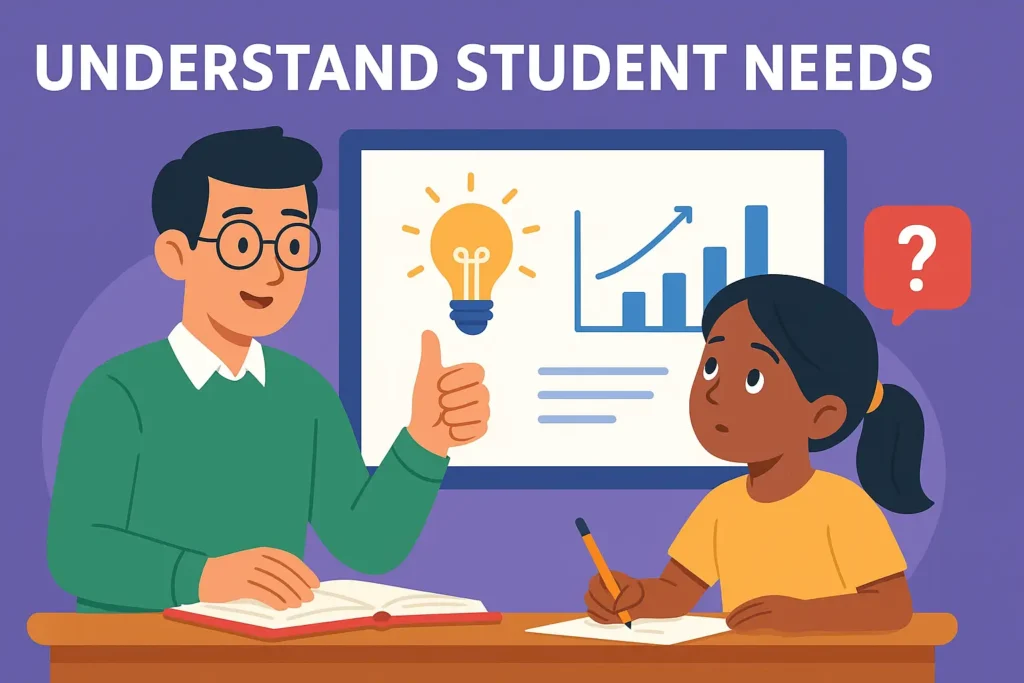
In the process of making the online classes more engaging, the first step is to understand your audience. Do they need interactive content to stay focused?
- Use polls and feedback forms regularly.
- Keep track of participation using analytics if your LMS allows it.
Use Visual Aids and Multimedia
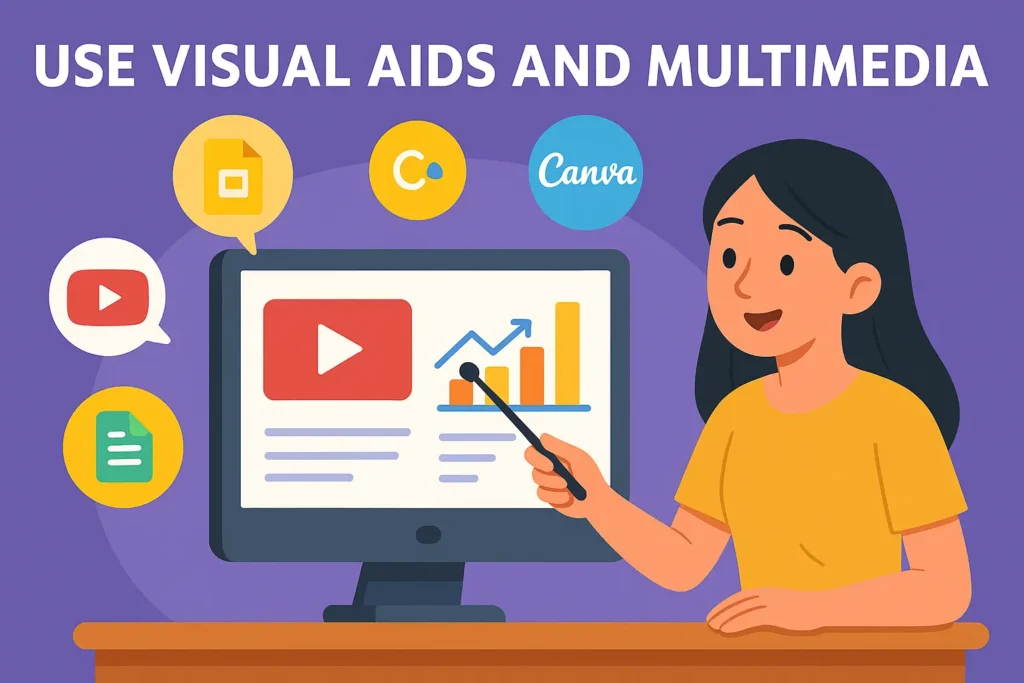
In online learning, visual aids and multimedia are very helpful. Use these tools:
- For videos, use YouTube embeds, animations
- In the Infographics process, use tools like Canva
- Use Interactive Slides like Google Slides
Encourage Active Participation
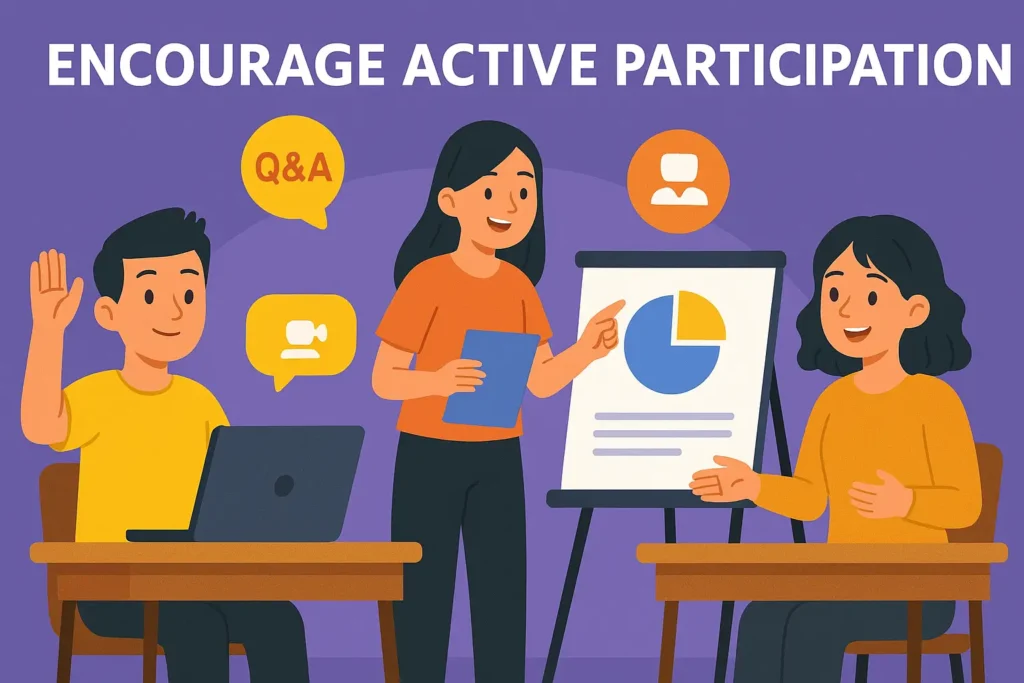
Make active engagement with your audience. Rather than just speaking, try:
- Live Q&A sessions
- Students prepare presentations
- Have discussion forums
Gamify the Learning Process
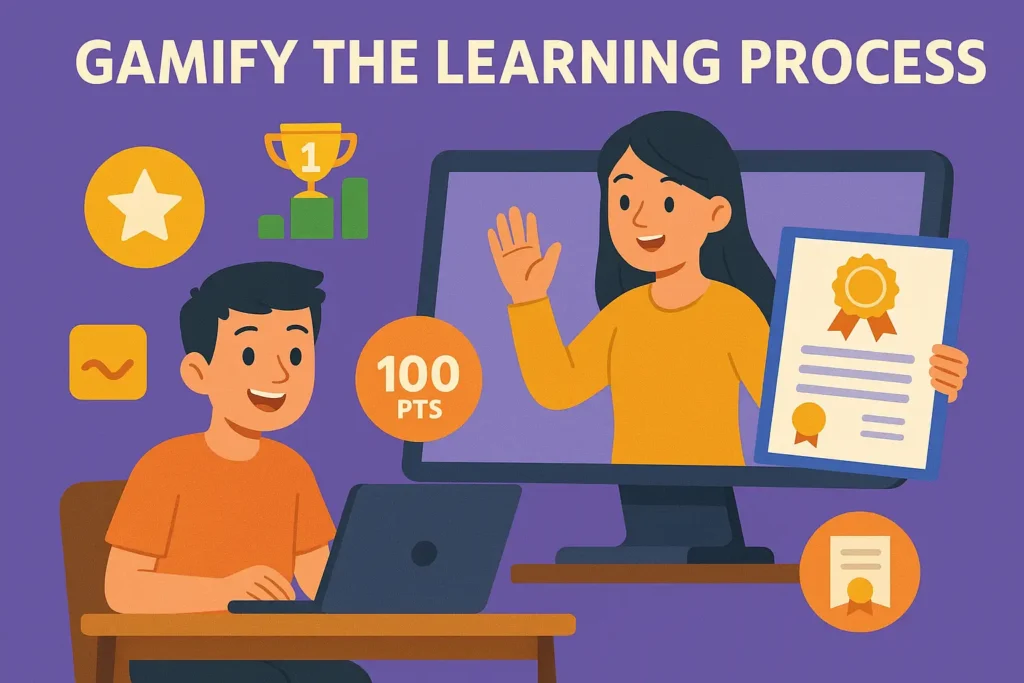
Gamify is the best process for making your virtual classes more engaging. Introduce:
- Use Points and badges for completing tasks
- Quizzes with leaderboards
- Distribute Digital certificates for milestones
Foster Peer Collaboration
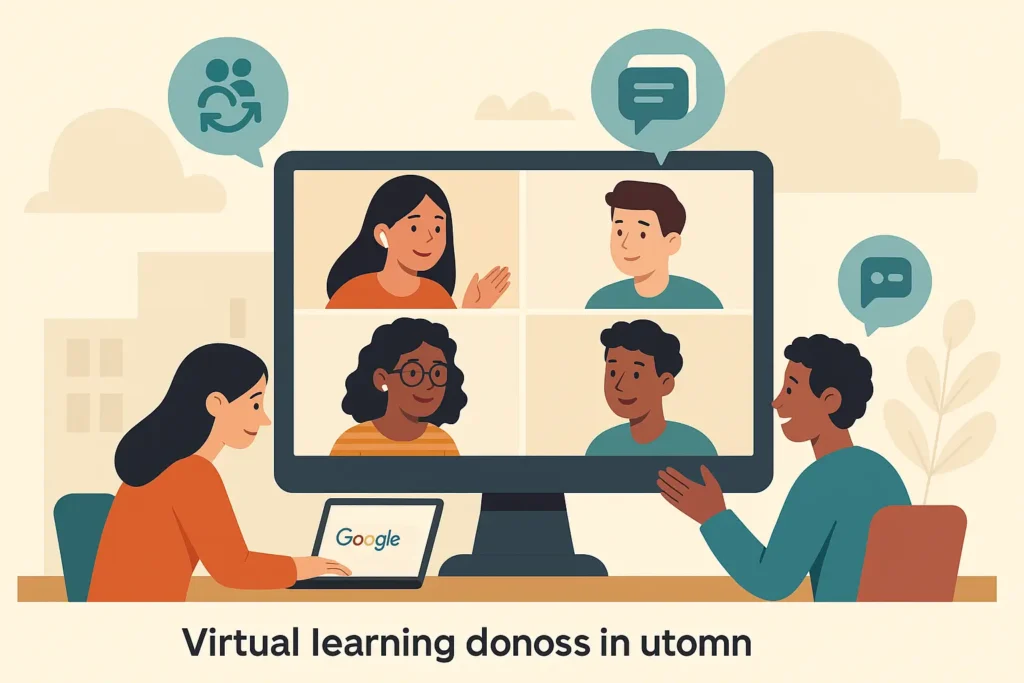
Virtual learning does not mean isolation. So promote,
- Make Group assignments via Google Docs
- Virtual breakout rooms in Zoom or Teams
- Use Peer feedback sessions
Integrate Real-Life Examples
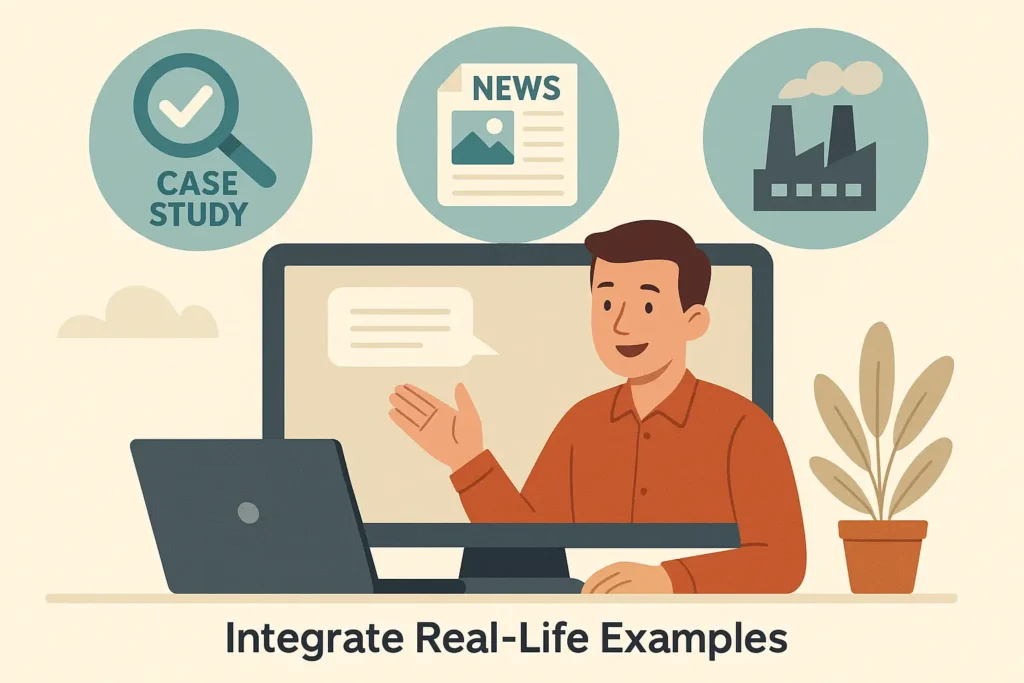
Students can engage more with online classes when they integrate real-life examples.
- Share Case studies
- Share Current news articles
- Industry examples relevant to the topic
Mix Synchronous & Asynchronous Learning
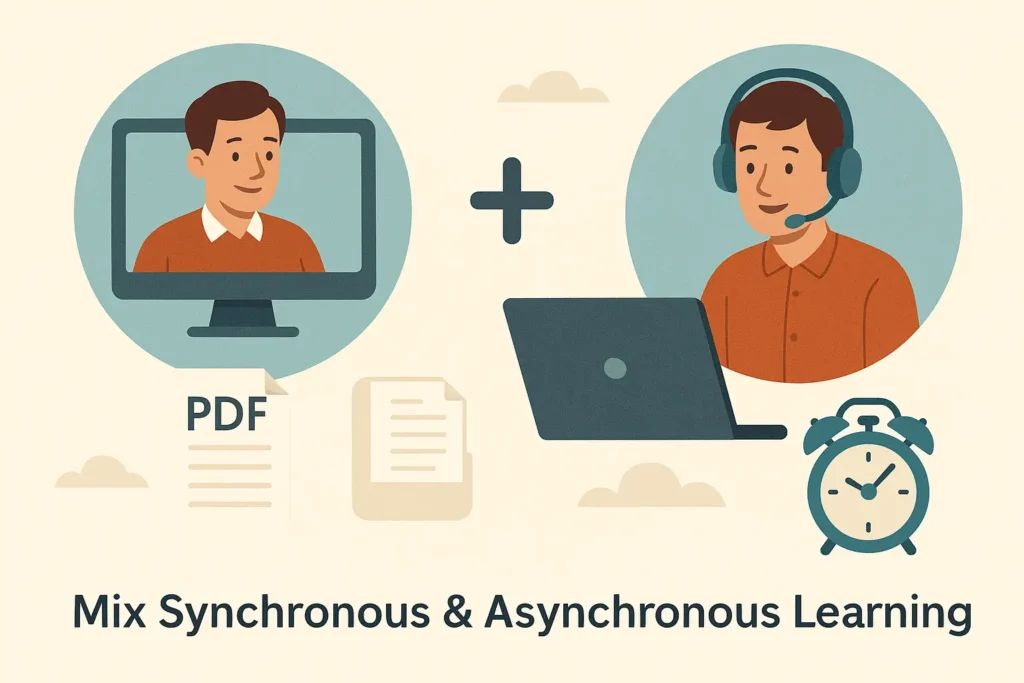
To make online learning more engaging, blend live classes with self-paced content:
- Recorded lectures
- Downloadable PDFs
- Scheduled live sessions
Use the Right EdTech Tools
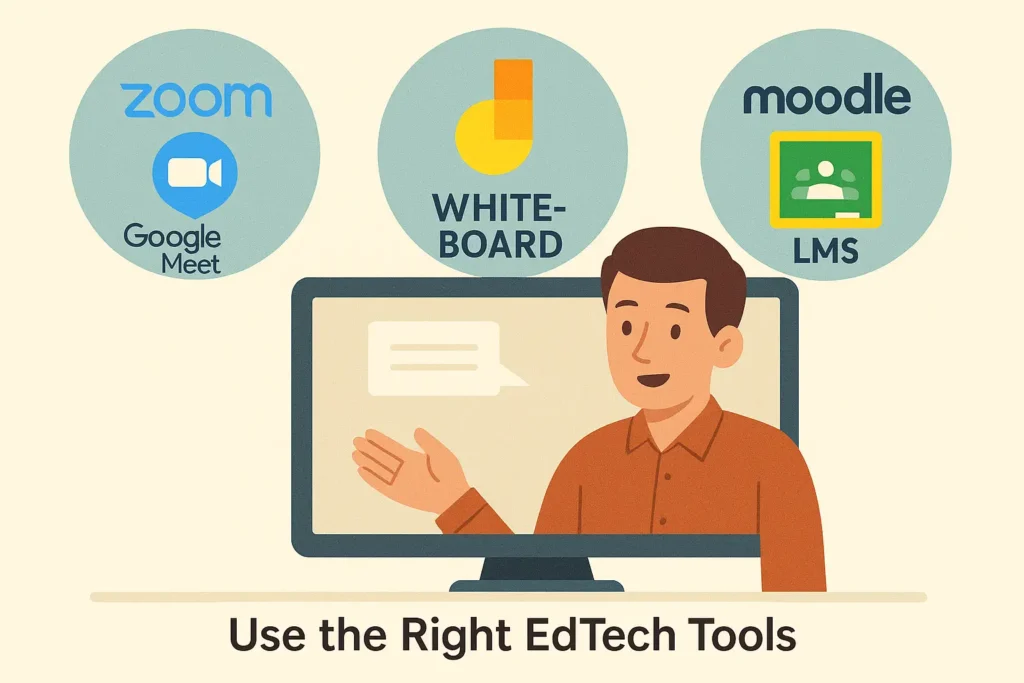
The use of the right tools helps to make your online learning more engaging. Use the right tools:
- Zoom, Google Meet are used for video conferencing
- Miro, use Jamboard as a whiteboard
- Moodle, Google Classroom are used for LMS
Create a Structured Yet Flexible Schedule

Create such a flexible schedule that is easy for your audience as well as for you:
- Plan sessions for 45–50 minutes max
- Include short breaks
- Send weekly plans in advance
Use tools like Notion or Trello to organize class timelines effectively.
Provide Timely Feedback

Feedback is a powerful tool for making your virtual learning more engaging. Make sure you:
- Give regular feedback
- Celebrate small wins
- Open private chats for personal concerns
Additionally, research from Edutopia on boosting student engagement highlights how strategies like peer collaboration, timely feedback, and multimedia integration lead to higher retention and class satisfaction. By combining these methods, educators can transform passive screen time into interactive, productive learning experiences that truly captivate students.
Conclusion:
As virtual classes and the learning process are a more easy and effective way of learning. On the other hand, it’s compulsory to make sure that you or your audience are actively engaging with it. For that purpose, use multimedia, arrange video conferencing, tech tools and human touch. Virtual learning is not boring, but virtual learning has a great future.
